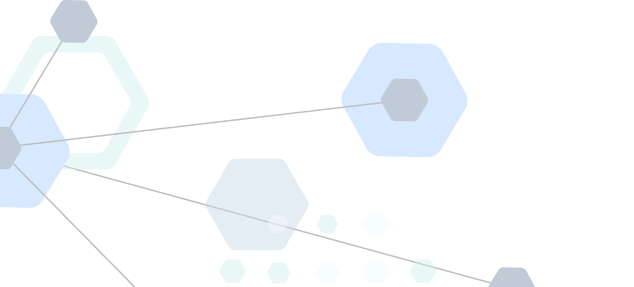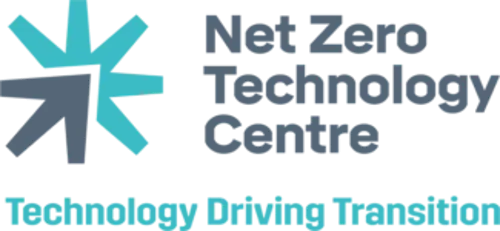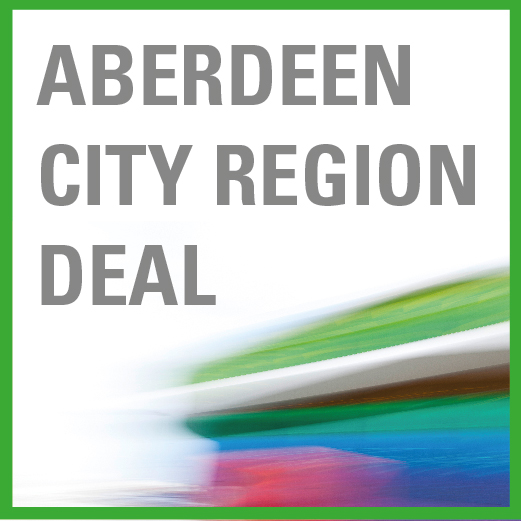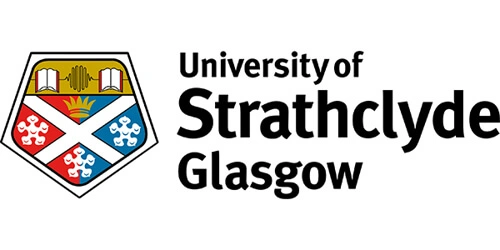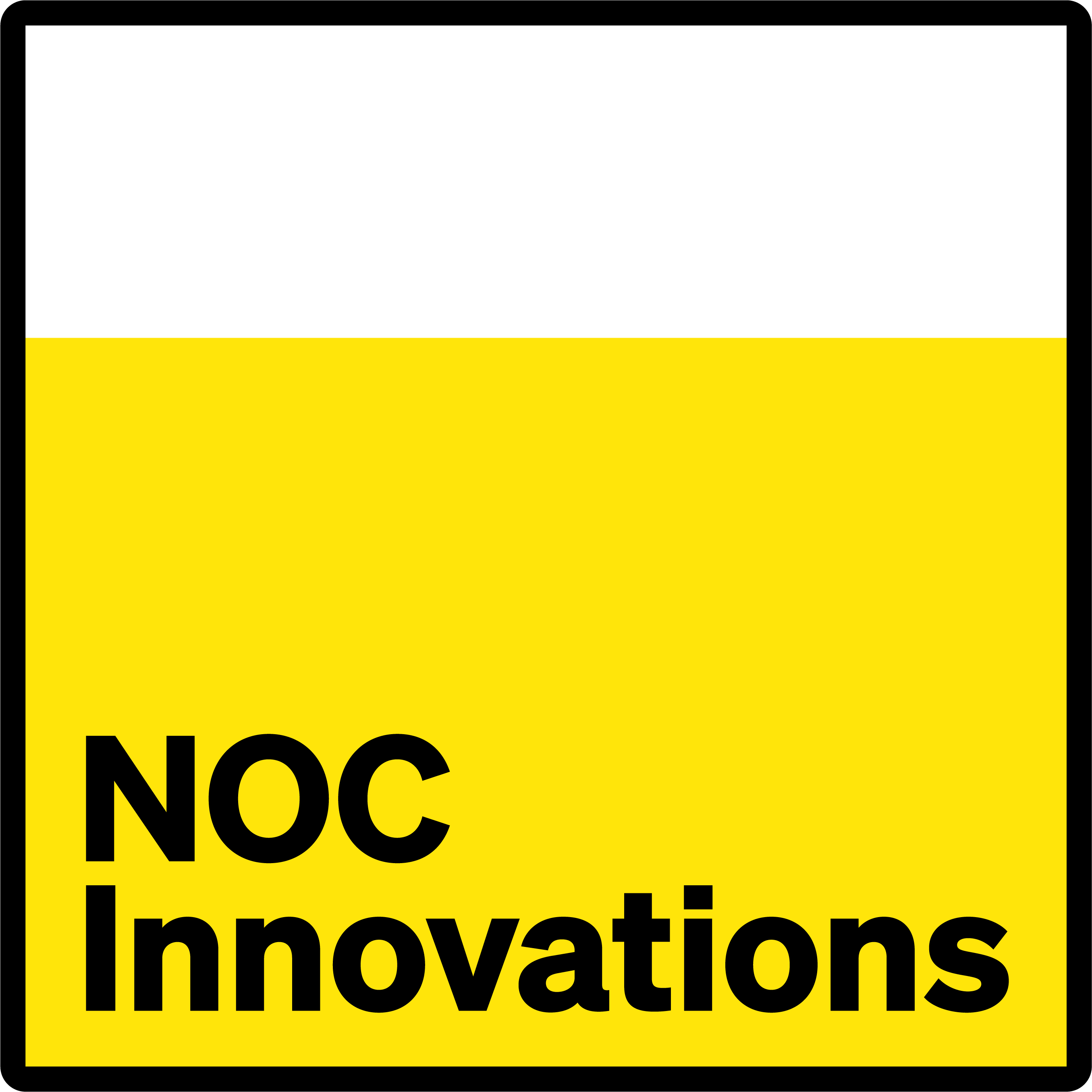The Transparent Ocean programme aims to develop leading edge capability to detect, monitor and understand subsea and marine activities, including condition of supporting infrastructures and surrounding environments, using the full range of state-of-the-art platforms and sources for data acquisition, visualisation, analysis, interpretation and prediction.
The programme uses sophisticated sensing and AI machine learning techniques to sense, analyse, understand and interpret the conditions of the ocean, where multimodal sensing platforms can be combined to measure and assess the qualitative and quantitative characteristics of the infrastructures, marine life and the environmental factors. The outcomes can then be used to optimise decision making whilst mitigating the associated risks and reducing the costs towards a net zero ocean in the future.
The Transparent Ocean research programme is led by Professor Jinchang Ren.




